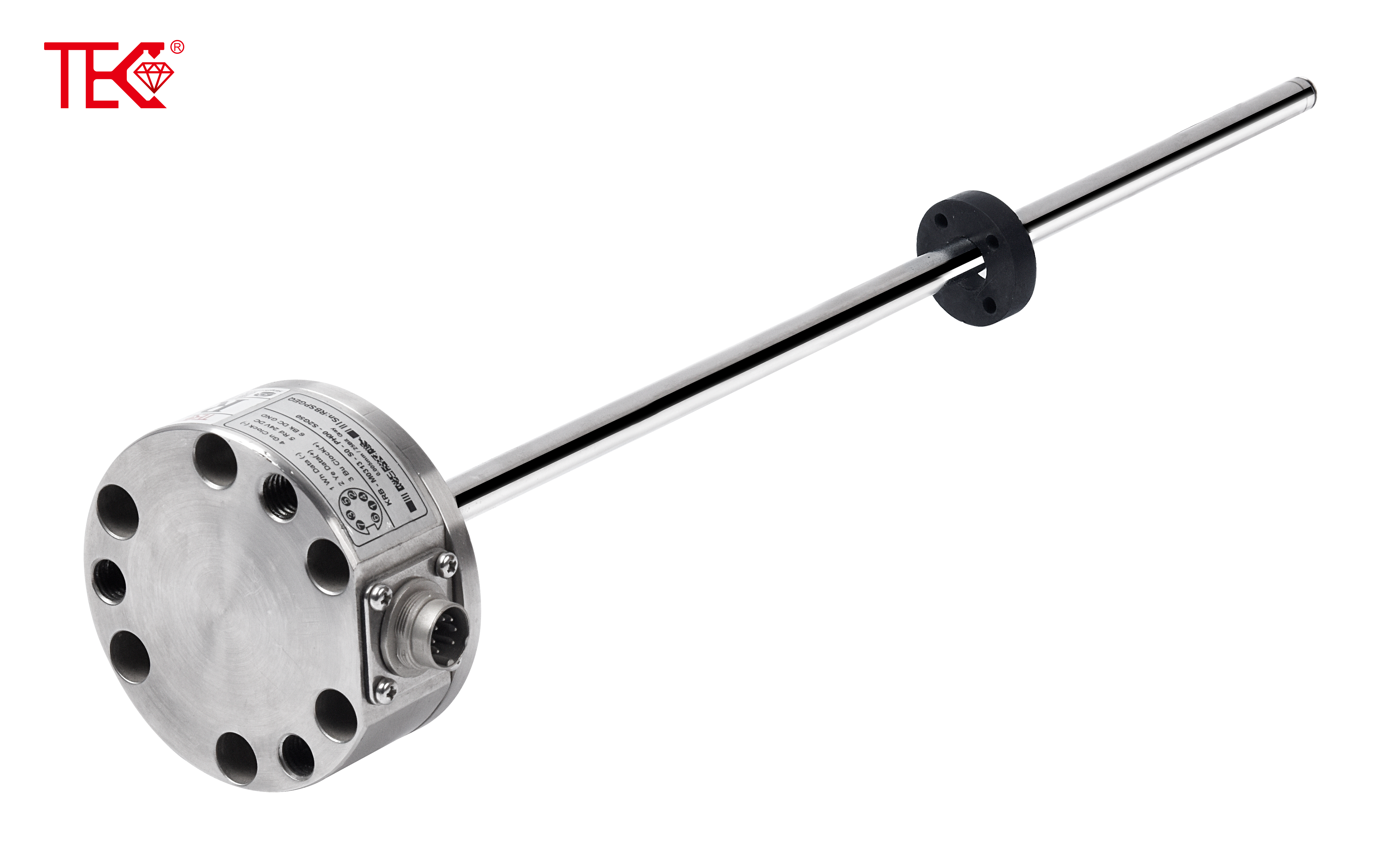What is the price range of magnetostrictive displacement sensors?
The pricing of magnetostrictive displacement sensors varies significantly based on technical specifications and application requirements. Entry-level models typically start around $200-$500 for basic industrial applications requiring standard accuracy and measurement ranges. Mid-range sensors with enhanced precision (±0.01% full scale) and extended measurement capabilities (up to 3000mm) generally fall between $800-$2,500. High-performance systems featuring exceptional accuracy (±0.005% FS), extreme temperature tolerance, and explosion-proof certifications can command $3,000-$5,000 or more.

Several critical factors influence magnetostrictive sensor pricing. Measurement length directly impacts cost, with longer stroke sensors requiring more specialized materials and manufacturing processes. Accuracy requirements significantly affect price, as sub-micron precision demands advanced electronics and calibration procedures. Environmental ratings such as IP67, IP69K, or ATEX certifications add substantial cost due to specialized housing materials and manufacturing complexity. Additional features like multiple output options (analog, SSI, Profibus, Ethernet/IP), integrated temperature compensation, and custom mechanical interfaces also contribute to final pricing.
Industry-specific requirements dramatically affect sensor costs. Hydraulic cylinder applications often require compact designs with high pressure ratings, increasing manufacturing expenses. Industrial automation systems may need multiple output capabilities and fast response times, adding electronic complexity. Hazardous environment applications demand explosion-proof construction and special certifications, potentially doubling base prices. Laboratory and research applications requiring ultra-high precision and stability represent the premium segment of the market.
The total cost of ownership extends beyond initial purchase price. Quality sensors from reputable manufacturers typically offer longer service life (often exceeding 100 million cycles), reducing replacement frequency and downtime. Maintenance requirements should be considered, with non-contact magnetostrictive designs generally offering lower long-term costs compared to contact-based alternatives. Warranty terms (typically 1-3 years) and technical support availability also contribute to overall value proposition, making slightly higher initial investments potentially more economical over time.
Recent market trends show increasing price competitiveness while maintaining technological advancement. Asian manufacturers have introduced more affordable options starting around $150 for basic models, though with potentially compromised performance characteristics. Meanwhile, European and American manufacturers continue to focus on premium-priced, high-reliability sensors for critical applications. The emergence of IoT-enabled smart sensors has created a new price category, adding approximately 20-30% to base costs while providing advanced diagnostics and predictive maintenance capabilities.
Selecting the appropriate sensor involves balancing performance requirements with budget constraints. For non-critical applications with moderate accuracy needs, mid-range sensors often provide the best value. Critical applications involving safety systems, precision manufacturing, or harsh environments justify investment in premium-grade sensors. Consulting with application engineers and requesting detailed quotations based on specific requirements ensures appropriate selection while understanding all cost components, including cabling, connectors, and mounting accessories that may not be included in base prices.
 UpgradingYourLevelMeasurementS
UpgradingYourLevelMeasurementS
 Why are magnetostrictive level
Why are magnetostrictive level
 ComparingMagnetostrictiveandRa
ComparingMagnetostrictiveandRa
 MagnetostrictiveLevelSensorfor
MagnetostrictiveLevelSensorfor
